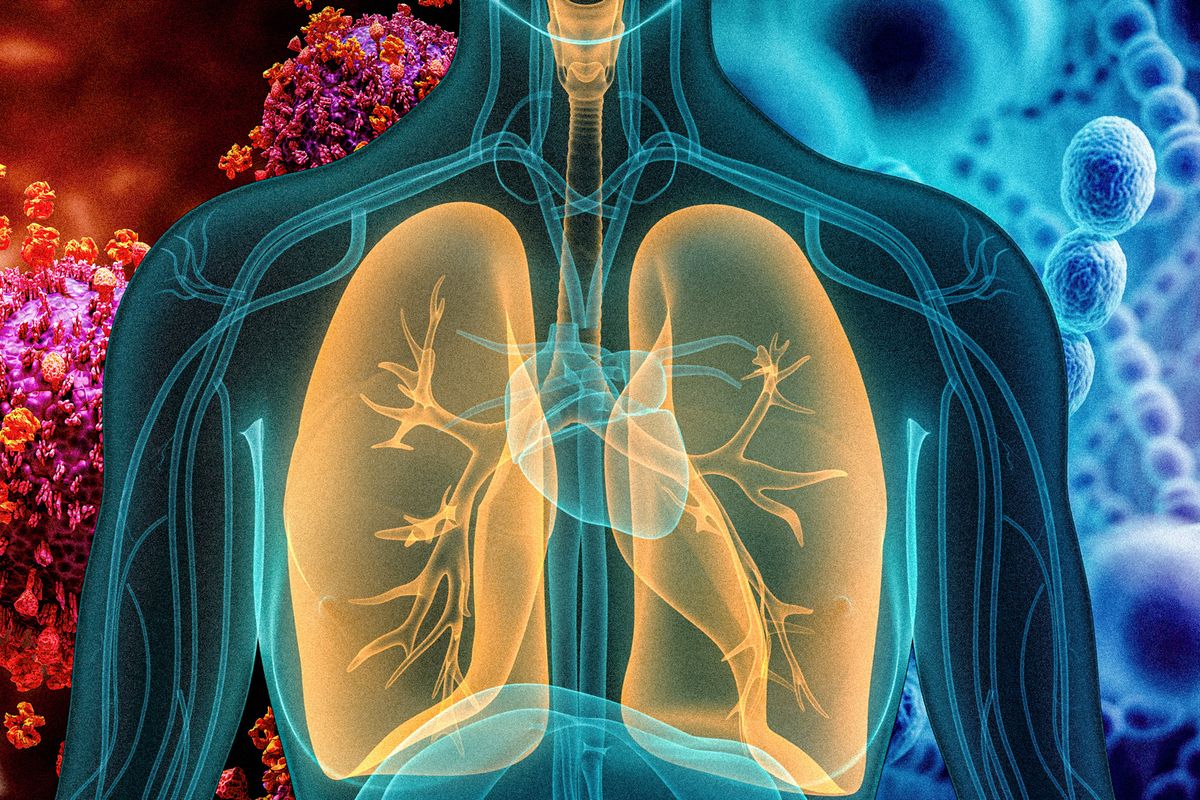What Are the Signs and Symptoms of Pneumonia?

To rule out other causes, a chest X-ray or CT scan of the lungs may be necessary. Chest CT scans provide highly detailed images of the lungs. The white blood cell (WBC) count measures the number of WBCs in the blood and helps determine the severity of the infection. The arterial blood gas (ABG) test measures oxygen and carbon dioxide levels in the blood. Blood cultures may reveal whether the infection has spread from the lungs into the bloodstream. Sputum analysis may be performed to identify the pathogens that cause pneumonia.
Symptoms
People with pneumonia often have difficulty breathing, leading to respiratory failure and even death. Treatment involves antibiotics, which kill the bacteria causing the infection. The infection may be treated through surgery or drainage. A ventilator may also be needed to help people breathe. A person may require intensive care in a hospital if pneumonia is severe. Fewer than one person in 100 will die of the illness. Most who die are elderly and have weak immune systems.
People in the hospital can also contract pneumonia. The use of ventilators, recent antibiotic use, and weakened immunity can all contribute to the development of pneumonia. If you have a history of pneumonia, a doctor can recommend antibiotics to help you treat the illness. If your symptoms are not severe, your doctor may prescribe oral antibiotics. The type of antibiotic that is prescribed will depend on the severity of your condition and your overall health.
Causes
What are the signs and symptoms of pneumonia? These symptoms vary from mild to severe depending on the type of germ causing the infection and the child's age and general health. Although newborns usually don't show any symptoms of infection, infants often exhibit fever and a persistent cough. They also may have difficulty breathing and blue lips and skin. The best way to determine whether you or your child is suffering from pneumonia is to visit a doctor for a proper diagnosis.
Pneumonia can be caused by bacteria, causing rust-colored phlegm. Babies are especially susceptible to this infection, as are people recovering from lung disease. But there are other causes as well, such as viruses. Viruses are usually the culprit behind most cases of pneumonia, and around 50% of cases of pneumonia are caused by them. Mycoplasma organisms are another common cause, producing white phlegm and causing nausea and vomiting. This type of pneumonia is generally mild and not fatal but requires treatment.
Treatment
The most common complication of pneumonia is empyema, which occurs when bacteria are carried into the bloodstream and cause a large, pus-filled cavity in the lung. Treatment involves surgically draining the pus or a combination of both. Your doctor will discuss your symptoms and health history, perform a physical exam, and listen to your lungs with a stethoscope to determine the presence of pneumonia. A pulse oximetry test can determine how much oxygen is in your blood, and several laboratory tests can identify the type of infection. A chest X-ray may be ordered to evaluate for signs of pneumonia or other related diseases.
Patients with complicated pneumonia should be evaluated aggressively and given antibiotics for a full 14-day course. Patients should not be discharged until they are improving clinically, taking adequate nutrition, and showing improvement on chest radiographs. If pneumonia is caused by an underlying disorder, close follow-up is required. While antibiotic treatment is essential for preventing the recurrence of infection, you should never discontinue it midway. If you are unsure whether an antibiotic will be effective, consult a healthcare provider immediately.
Prevention
Preventing nosocomial pneumonia is a goal of the Centers for Disease Control and Prevention. Several preventive strategies have been used to control the incidence of this disease, including reducing the risk of aspiration in patients, appropriate disinfection of respiratory-therapy devices, and the use of available vaccines. Several new measures are also being explored, including measures that reduce colonization by pathogenic microorganisms.
A high-quality preventive care program is essential for the prevention of pneumonia. This preventative measure is necessary because the influenza virus can cause this disease. It is important to identify the symptoms of the disease, including the severity of the illness and whether the disease is bacterial or viral. Patients who are immunosuppressed or have chronic medical conditions are also at greater risk. The symptoms of pneumonia can be similar to those of influenza. Prevention of pneumonia can make the difference between a successful recovery and a more prolonged stay in the hospital.



